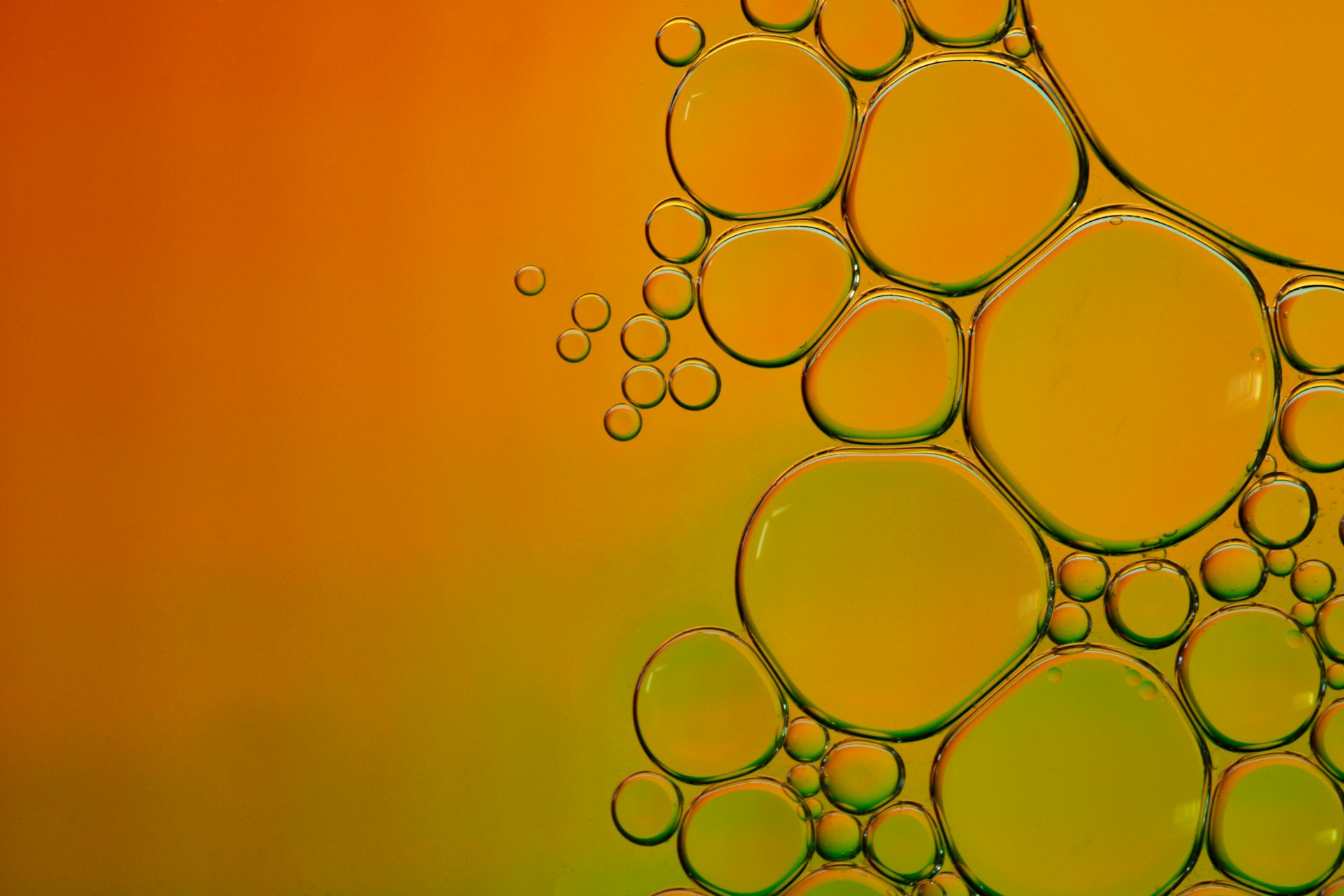Professor Andrei Khlobystov of the University of Nottingham has developed an electrocatalyst that not only converts carbon dioxide (CO₂) into formate but also improves its performance over time. These findings represent a significant advance in sustainable chemical production and electrocatalyst design.
Burwell, T., Thangamuthu, M., Besley, E., Chen, Y., Pyer, J., Alves Fernandes, J., Lanterna, A. E., Licence, P., Aliev, G. N., Theis, W., & Khlobystov, A. N. (2025). In Situ Transformation of Tin Microparticles to Nanoparticles on Nanotextured Carbon Support Boosts the Efficiency of the Electrochemical CO 2 Reduction. ACS Applied Energy Materials, 8(4), 2281–2290. https://doi.org/10.1021/acsaem.4c02830
The catalyst consists of tin microparticles supported on a nanotextured carbon structure. This configuration facilitates efficient electron transfer from the carbon electrode to CO₂ molecules under an applied electric potential. The combination of tin particles and graphitized nanofibers enhances the binding and activation of CO₂, which is essential for producing formate, a chemical widely used in pharmaceuticals, polymers, and adhesives.
Unlike conventional catalysts that degrade over time, the Nottingham team observed a self-optimizing behavior: as the reaction progresses, tin microparticles break down into nanoparticles as small as 3 nanometers. This increases the number of active sites and improves electron transport, boosting catalyst efficiency. Over 48 hours of operation, the catalyst showed a 3.6-fold increase in formate productivity while maintaining nearly 100% selectivity.
Professor Andrei Khlobystov of the University of Nottingham stated,
“CO2 is not only a well-known greenhouse gas but also a valuable feedstock for the production of chemicals. Consequently, designing new catalysts from earth-abundant materials like carbon and tin is vital for sustainable CO2 conversion and achieving the UK’s net-zero emissions target. Our catalysts must also remain active over extended use to ensure best value.”
Dr. Thangamuthu, co-lead of the study, explained that the nanotextured carbon electrodes are designed with curved surfaces and step edges to maximize contact with tin particles. This careful engineering at the nanoscale ensures that electrons are efficiently transferred to CO₂, improving reaction rates. Tom Burwell, who performed much of the experimental work, noted that the dynamic restructuring of tin particles enhances contact with the carbon support, a process previously thought to be detrimental in other catalyst systems.
Electrocatalysis offers an alternative to conventional thermal CO₂ conversion methods that often rely on hydrogen from fossil fuels. Using electricity sourced from renewable energy, electrocatalysts can drive the conversion of CO₂ and water into value-added chemicals like formate. By employing abundant and low-cost materials such as tin and carbon, this catalyst design offers a sustainable and scalable pathway for carbon utilization, aligning with global efforts to mitigate greenhouse gas emissions and achieve net-zero targets.
Beyond converting CO₂ to formate, the catalyst’s self-optimizing nature and high selectivity make it a strong candidate for industrial applications. Professor Khlobystov highlighted the importance of designing catalysts that remain active over extended periods to maximize efficiency and economic viability. Future work will focus on further understanding the long-term stability of the catalyst and exploring its integration into existing industrial CO₂ conversion systems. The team is also investigating ways to tailor catalyst supports and particle sizes for other types of chemical transformations, potentially expanding the range of products accessible through electrocatalysis.
The development of a self-improving tin-on-carbon electrocatalyst marks an important step forward in sustainable chemistry. By demonstrating that catalysts can increase in activity during operation, the University of Nottingham team provides a new perspective on catalyst design and the role of nanostructured supports. This work not only advances CO₂ utilization technologies but also sets the stage for more efficient and sustainable chemical manufacturing processes.

Adrian graduated with a Masters Degree (1st Class Honours) in Chemical Engineering from Chester University along with Harris. His master’s research aimed to develop a standardadised clean water oxygenation transfer procedure to test bubble diffusers that are currently used in the wastewater industry commercial market. He has also undergone placments in both US and China primarely focused within the R&D department and is an associate member of the Institute of Chemical Engineers (IChemE).



